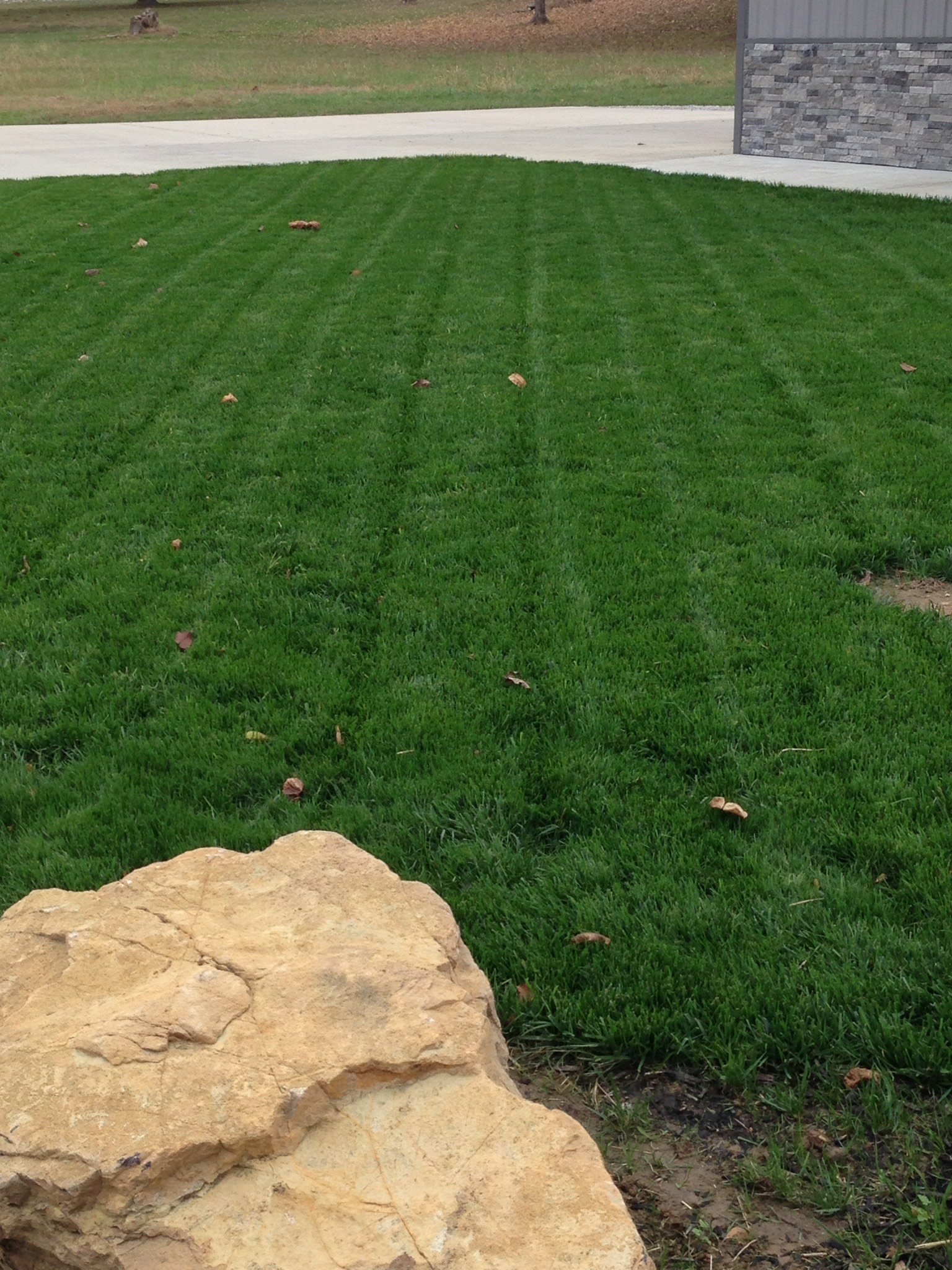Cold weather can be challenging for your lawn, with frost, snow, and ice taking a toll on its health and appearance. But fear not, because I’ll dive into the essential tips and tricks for prepping your lawn for winter. From protective measures to boost your lawn’s resilience to strategies for ensuring a lush, green return when spring arrives, we’ve got you covered.
Fertilize
Get your fertilizer down before grass blades start to discolor with the arrival of cold air. Feeding in fall fuels leaf blade development, which results in more energy reserves in the grassroots. The energy reserves help the grass survive winter and are responsible for a quick green-up in spring. By fertilizing in advance, you ensure that your lawn has the necessary resources to endure the winter months. A well-fertilized lawn is more likely to bounce back with vigor when spring arrives, showcasing a lush and healthy appearance that’s the envy of the neighborhood. So, don’t underestimate the importance of fertilization in fortifying your lawn against the cold, ensuring it remains vibrant and ready for the challenges of winter.
Weed Control
Get a jump on perennial cool-season weeds like dandelion and henbit. Treating in the fall will reduce the amount of weeds sprouting in the spring. These persistent weeds can quickly take over in the cooler months when your grass is less active. By tackling them early, you prevent them from establishing a stronghold before the growing season begins. Regular weeding, even in the fall, helps reduce competition for nutrients and space, allowing your grass to stay healthier and more robust. So, seize the opportunity to address these weeds ahead of winter, and your lawn will thank you with a cleaner, weed-free appearance in the coming months. Remember to schedule chemical applications around seeding, as this can reduce or limit seed growth.
Aerate
The best time to aerate grass is before it enters its most active growth phase. For warm-season grasses, the timing is late spring-early summer. For cool-season grass, it’s early fall. Aerate so it will have at least four weeks to recover and grow before frost arrives. If possible, spread fall fertilizer on cool-season lawns shortly after aerating. It helps fuel recovery growth in the lawn. As the soil cools down and becomes less compacted, aeration allows for better water and nutrient penetration, promoting stronger root growth and overall grass health. It also helps to alleviate thatch buildup, reducing the risk of disease and ensuring your lawn is well-prepared to thrive when spring returns.
Overseed
The end of August and the beginning of September is the best time to overseed. Overseeding is a good way to introduce new varieties of cool-season grasses to your lawn and repair any bare spots that may have developed over the summer months. By overseeding, you fill in bare patches, improve the density of your lawn, and introduce new grass varieties for enhanced disease resistance. This proactive measure in the autumn sets the stage for a vibrant, resilient, and visually appealing lawn when spring rolls around.
Last Lawn Clean-Up
Forget the manual labor of raking and try mowing fallen leaves. Use a mulching mower, and you can let leaf pieces lie. Or, attach the grass catcher to collect chopped leaves for the compost pile or mulching planting beds. Leaves mow best when they’re dry. Mulching them with a lawnmower can break them into smaller pieces, which then decompose and enrich the soil with valuable organic matter. This natural mulch also acts as an insulating layer, protecting your grass from extreme temperature fluctuations in the winter. Just be sure not to let the leaf cover become too thick, as excessive mulch can smother your lawn.










